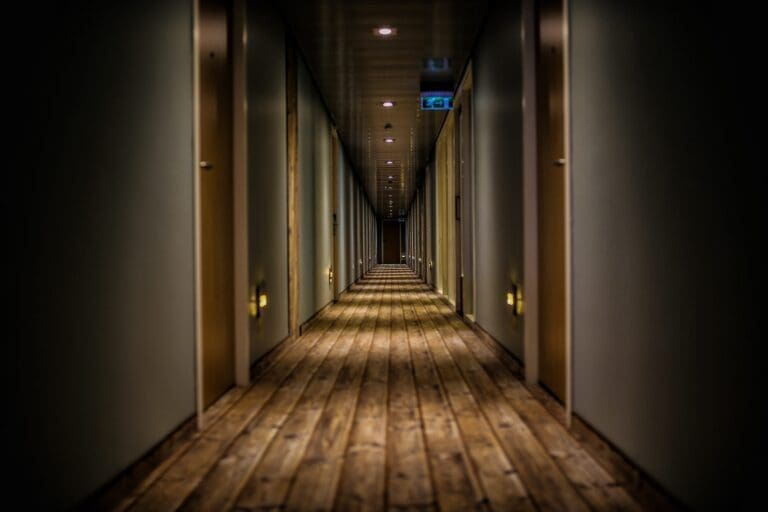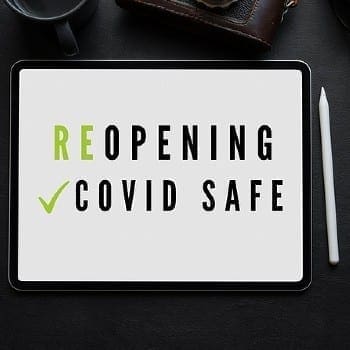 With a number of states in the United States now enacting legislation that mandates the implementation of electronic safety devices (ESDs), it is only a matter of time before this trend reaches its tipping point and hotels all over the world are coerced into protective action for their employees.
With a number of states in the United States now enacting legislation that mandates the implementation of electronic safety devices (ESDs), it is only a matter of time before this trend reaches its tipping point and hotels all over the world are coerced into protective action for their employees.
Otherwise known as panic buttons, it would behoove you to be proactive here rather than wait for some governmental body to dictate terms. After all, they are good for your team’s morale and therefore may act as one component to alleviate any staffing issues. A prominent question that many hoteliers ask, though, is whether ESDs should be loud or silent.
Recalling old-fashioned car alarms, proponents of wearable safety devices that make a blaring sound will argue that this alone acts as a deterrent against further threatening activity. The hope with hotel panic buttons is that the clamor will implicitly indicate to the attacker that the front desk and security teams have been notified and are already dispatched to the employee’s exact location, stopping the threat right there and then. Moreover, other passersby may also hear the alarm and be inclined to help.
A chief worry of a noisy ESD, however, is that it will have the opposite effect on the aggressor; that it will cause said person to act impulsively and more combatively, trying foremost to take the panic button and disable it. Such situations would likely result in more physical harm to the employee, while rendering the device inoperative will sever the real-time GPS so that from thenceforth the exact location of the team member in danger won’t be known.
Moreover, sound needs space, so the car alarm example doesn’t quite apply as one functions mostly in the open air of the outdoors while the other is designed for the tighter confines of indoor rooms, ones that often have specific features in place to dampen echoes and heighten guest privacy.
Given the rebuttals offered for the noise emissions upon tap of an ESD, I am inclined to opt for the latter, quieter systems. In all instances, security is notified and will respond, but I am troubled by the potential danger of further harm to any employee that may be propagated by the sounding of an alarm.
Importantly, think about the location of where the noise is emanating from. Panic buttons are likely to be pinned to a lapel, tied around the wrist or worn as a necklace. In these cases, the people who will be most affected by the cacophony are the wearers themselves, greatly exacerbating these individuals’ anxiety in an already stressful situation and not to mention possibly damaging their ears.
One key protocol that’s taught when reacting to a threat is to remain calm so as to not provoke the assailants any more than they already are. Yet how is this to be expected when you’re bombarded by a 100dB siren blaring less than a foot from your face?
As well, housekeepers are often working by themselves and active during the specific times when guests are most likely to be out and about. Meanwhile, the next closest room attendant is, say, operating a vacuum cleaner behind a closed door a dozen guestrooms away or on a different floor altogether. Sorry, but no one else is realistically going to hear the signal emitted by the ESD.
Ultimately, it is a decision that must be taken with great care and due consideration of your specific property’s needs. Loud or not, though, you had better come to a resolution fast as the law is rapidly closing in on hotels that are not mitigating risk through the deployment of panic buttons.






























